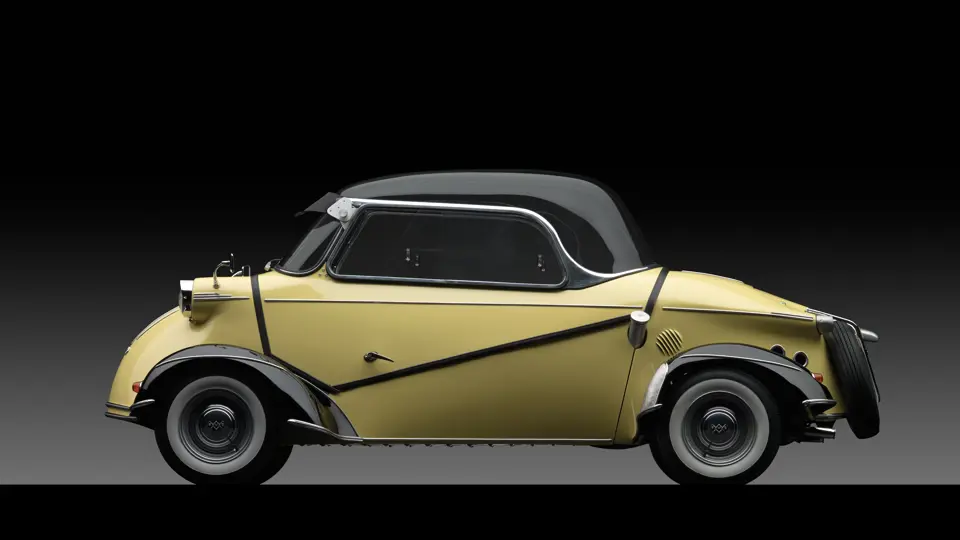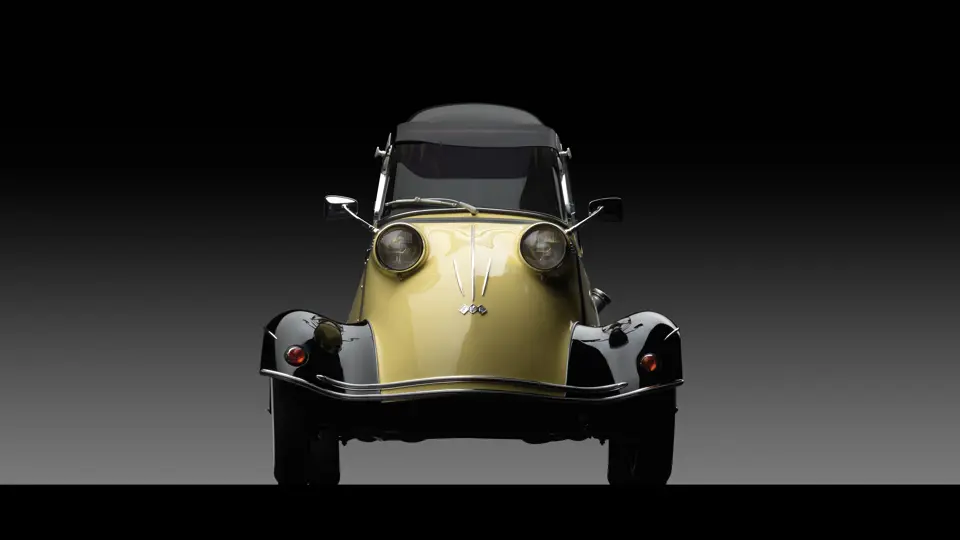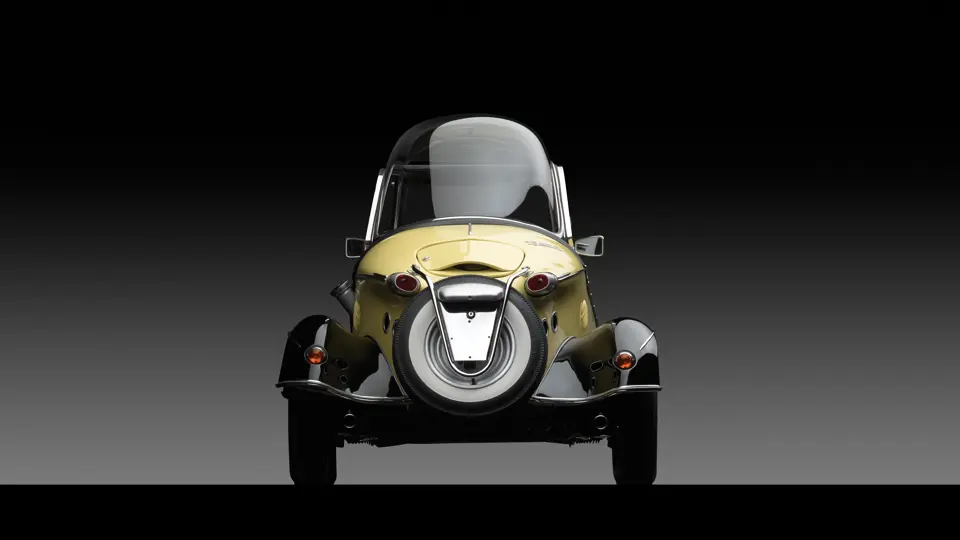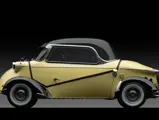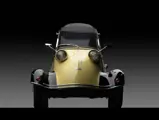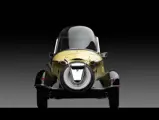As Europe slowly began to see a return to normalcy after the end of World War II, it was evident that there was a demand for a new style of personal transportation.
Communities throughout the continent required mass transit that was not only affordable, but also convenient and effective in densely populated cities. Simultaneously, rationing on fuel and steel made it difficult for even the wealthiest of Europeans to consider using a full-sized automobile as they had before the war. As a result, demand for smaller and more fuel efficient cars began to grow and a new genre of automobile was created: the “microcar.” These seemingly miniscule cars would go on to captivate many Europeans, and they became popular sights on many a city street throughout Europe, darting in and out of traffic.
One of the most well-known manufacturers of microcars is Messerschmitt. They are easily recognizable because of their dome-shaped Plexiglas roofs and are frequently referred to as “bubble cars,” as a result. They were designed by German engineer Fritz Fend, who experimented with creating alternative forms of transportation, and he found economic support from his old employer, Willy Messerschmitt. Since Messerschmitt’s company was no longer permitted to produce airplanes after the war, he started looking for a new product to produce, and Fend and Messerschmitt settled on the concept of a vehicle with three wheels and tandem seating. The first Messerschmitt vehicle was the KR 175, and it premiered at the Geneva Motor Show in 1953. Nearly 11,000 examples would be produced before Messerschmitt production transitioned to the new and improved KR 200 in 1955. However, the best was yet to come.
By 1957, Messerschmitt’s automotive branch was purchased by the German government, and the same style of cars continued to be produced under the name Fahrzeug und Maschinebau GMBH Regensburg, easily abbreviated to F.M.R. It is under this name that the company would produce their finest model yet, the Tg 500, also known as the “Tiger.” It was conceived by Fend, who was still in charge of the company he helped to create, and was based on the monocoque of the Messerschmitt KR 200 three-wheeled car. However, the Tiger was equipped with four larger wheels, larger brakes, larger front suspension arms, larger headlamps, and, of course, a larger engine. With a top speed of 78 mph, it is fast enough to warrant legal use on all but one highway in the United States today, should its owner decide to stretch the Tiger’s legs. All these improvements seem to make this microcar more serious, but without sacrificing any of the whimsy. As a result, F.M.R.’s newest vehicle quickly found its place with previous microcar owners as the crème de la crème of the microcar industry.
As evidenced by its original German registration booklet, this 1960 F.M.R. Tg 500 Tiger was delivered new in April 1960 to Walter Wenger, of Hauzenberg, Germany. It remained in the small Bavarian town until at least 1964, as it was acquired by its second owner Wilhelm Sterr thereafter, before being purchased the following year by a theology student in the nearby town of Passau. We understand that the current owner is likely the fourth owner of the car. The registration information also confirms that the motor currently with the car was indeed born with this chassis, and it has never been taken apart or removed from the vehicle prior to its recent restoration.
In the care of its current owner, this Tiger received a full restoration by the same experts who restored multiple microcars for the Bruce Weiner Microcar Museum in Madison, Georgia. It received a fresh paint job in original F.M.R. period colors of yellow and black; colors that are as eye-catching as the vehicle itself. Interestingly enough, this is the only example in these colors known to exist. The original engine was rebuilt by a German Tiger specialist who ensured that the engine is functioning just as well as the day it left the factory. It is also important to note that this vehicle is equipped with a tachometer, which is a rare factory accessory. When considering the quality of its restoration and the number of Tigers left in existence, it is safe to say that this Tiger ranks amongst the best.
As with any other car of “normal” proportions, the Tiger’s combination of performance and rarity is what makes it the most valuable and iconic microcar in existence. While 320 examples were produced, it is believed that fewer than 100 survive today, making them even more desirable to collectors, particularly in this condition. Along with the microcar in general, the Tiger represents the core concept of the automobile reimagined. Microcars have begun to emerge as a new genre for the established collector, providing tremendous popular appeal and an undeniable fun factor. The microcar constitutes one of the most fascinatingly unusual and fantastic genres in automotive history. As the king of the microcar world, the Tg 500 Tiger is the definitive example of this segment of automotive history.




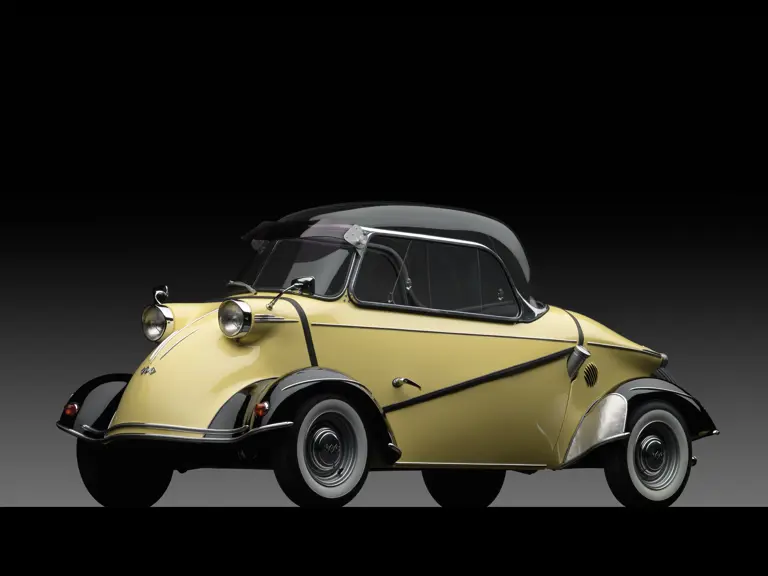
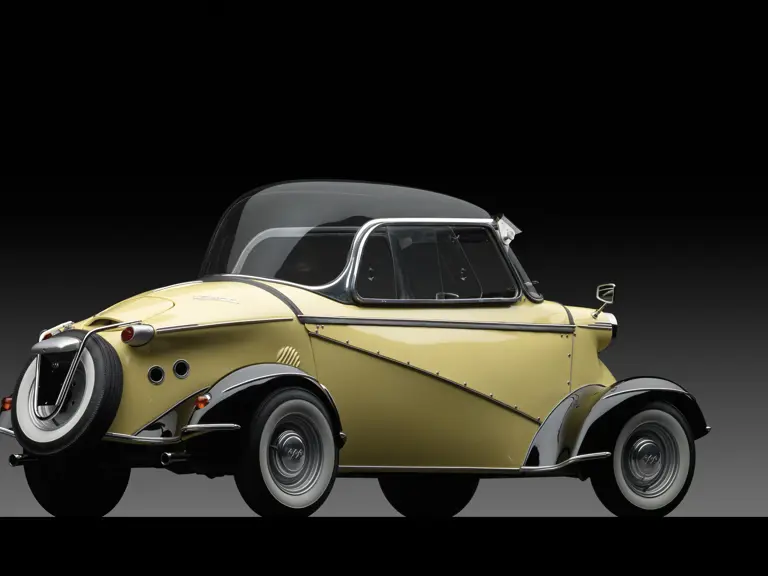


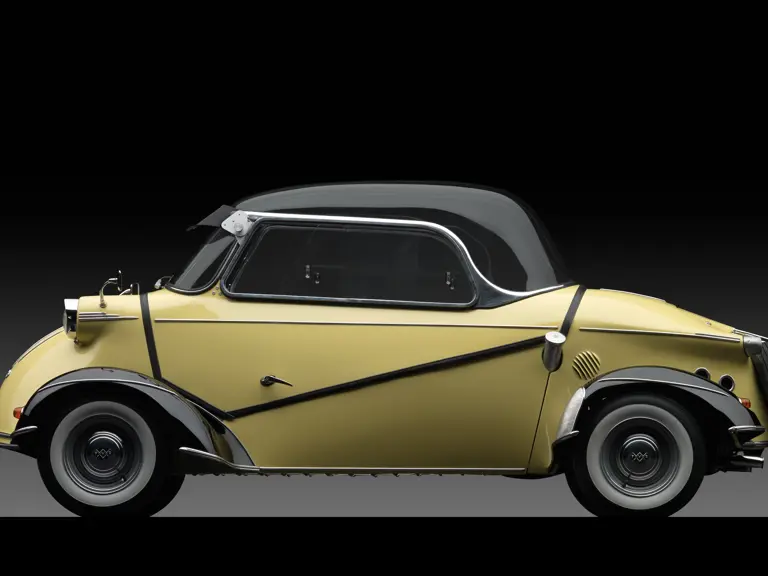
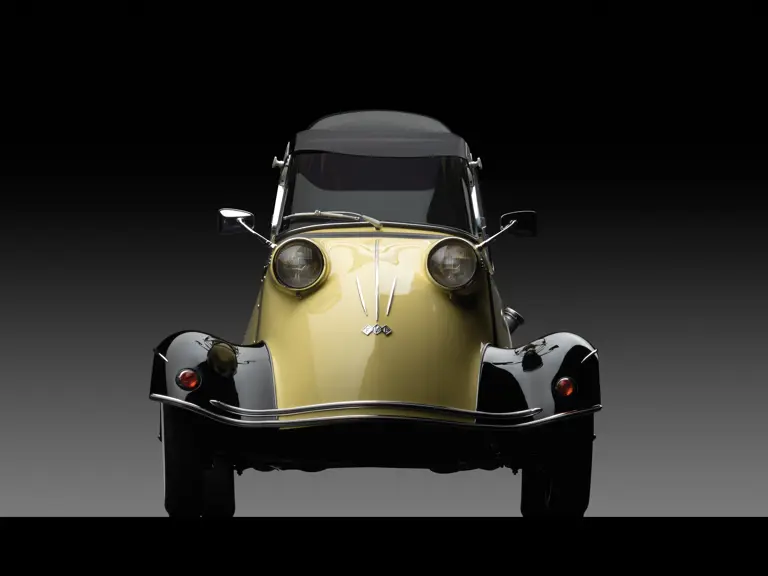

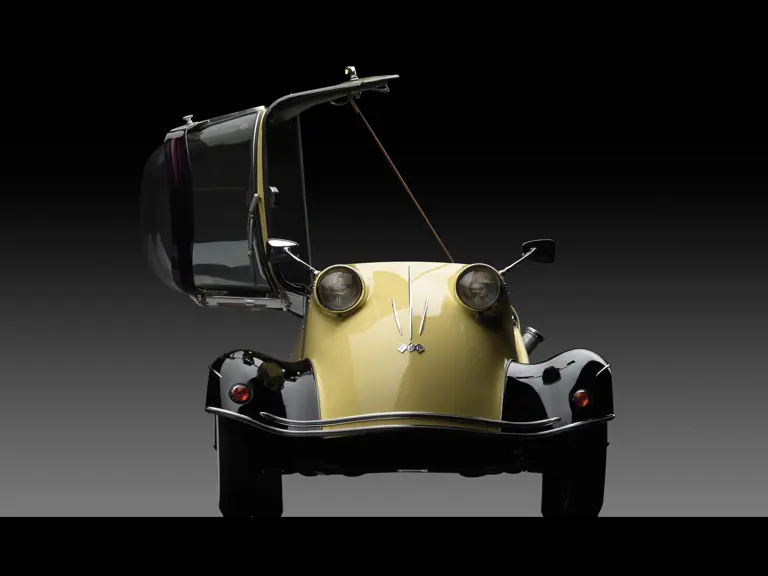
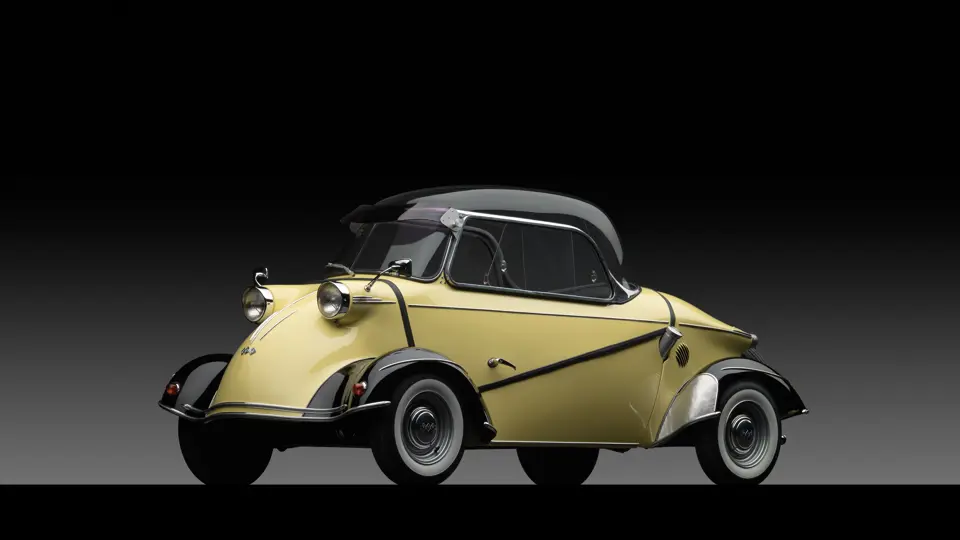
 | New York, New York
| New York, New York
